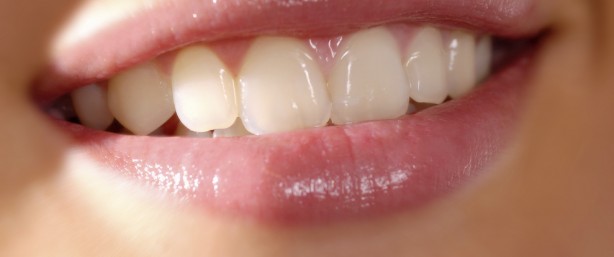Composite Fillings (Bonding)
 Silver and gold fillings used to be our only choices for restoring your damaged or decayed teeth but advances in dental material technology have created strong new synthetic tooth-colored restorative materials that help you look your best. If you decide you would like your tooth restored with a white material, we can use composite resin, which is a plastic-like substance.
Silver and gold fillings used to be our only choices for restoring your damaged or decayed teeth but advances in dental material technology have created strong new synthetic tooth-colored restorative materials that help you look your best. If you decide you would like your tooth restored with a white material, we can use composite resin, which is a plastic-like substance.
We will carefully match the chosen material to your natural teeth, so the restoration will blend in well. Composite resin bonds securely to your tooth, so the restorations are strong and durable. Also, because they are bonded, we can be more conservative when we prepare your tooth for the filling, so you retain more of your natural, healthy tooth structure. Bonding or composite veneers can work wonders for your smile. Using materials that match the shade, translucency and the texture of your teeth, gaps between teeth can be closed, spots and discolorations can be eliminated, and your self-confidence can be enhanced through the improved appearance of your smile.
Composite bonding is excellent for small defects in the teeth — spots, chips, or gaps between teeth. One of the disadvantages of composite veneers is that they are not as strong as those made of porcelain and therefore are more prone to fracture. However, if a fracture does occur, they can be easily repaired because the same material that was used initially to make the veneer can be added in the same manner to fix it. Another disadvantage is that the color, although stable, is not as stable as the same restoration made with porcelain. This means that over time the veneers may get darker or turn yellow. Eventually, this change in color can warrant the replacement of the veneers. The strength and longevity of a composite filling depends on how large the filling is and its location in the mouth. Talk to us about what options would best suit your needs.